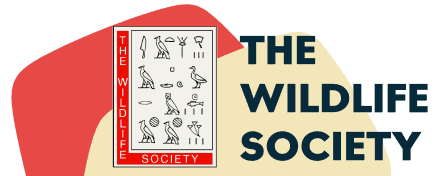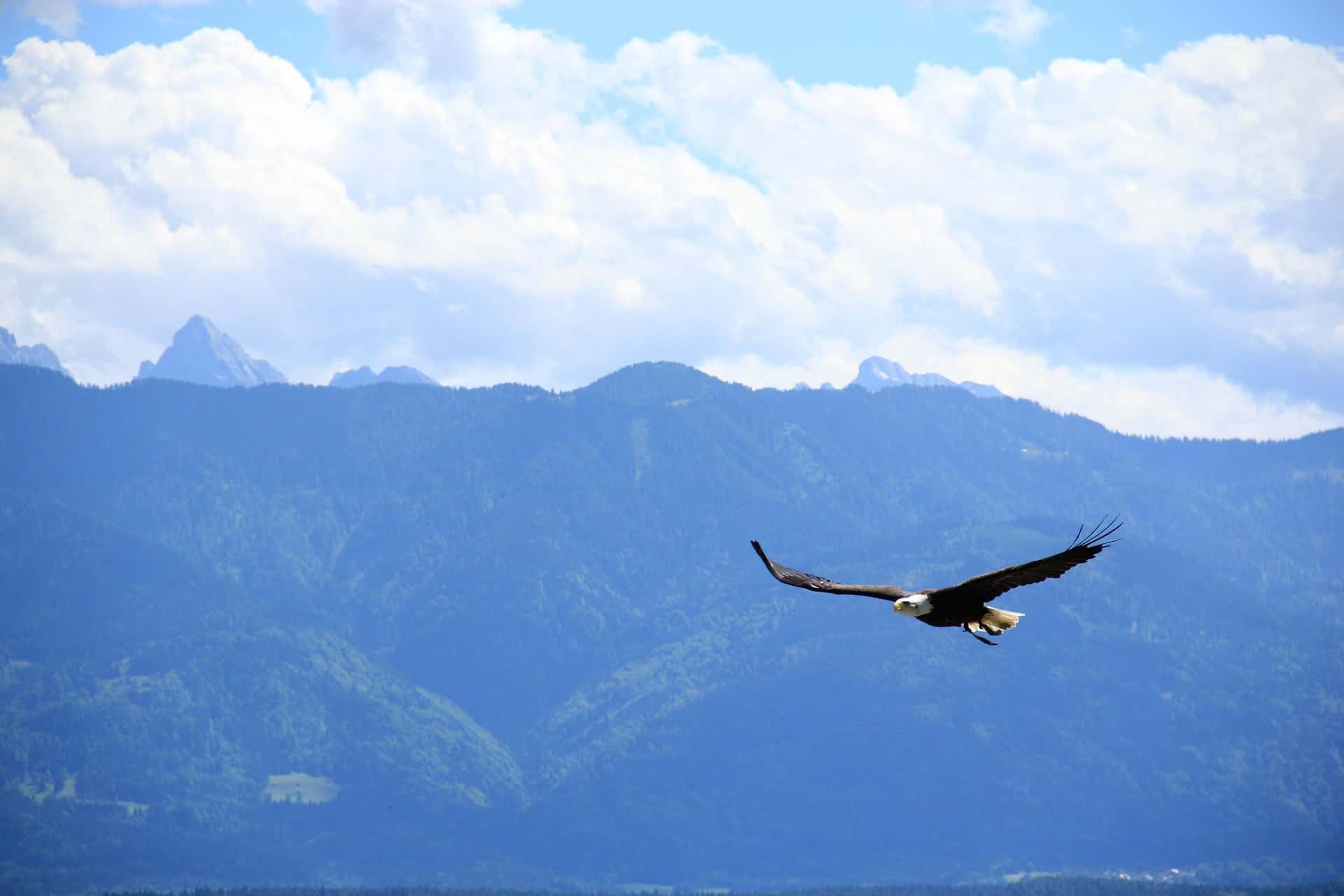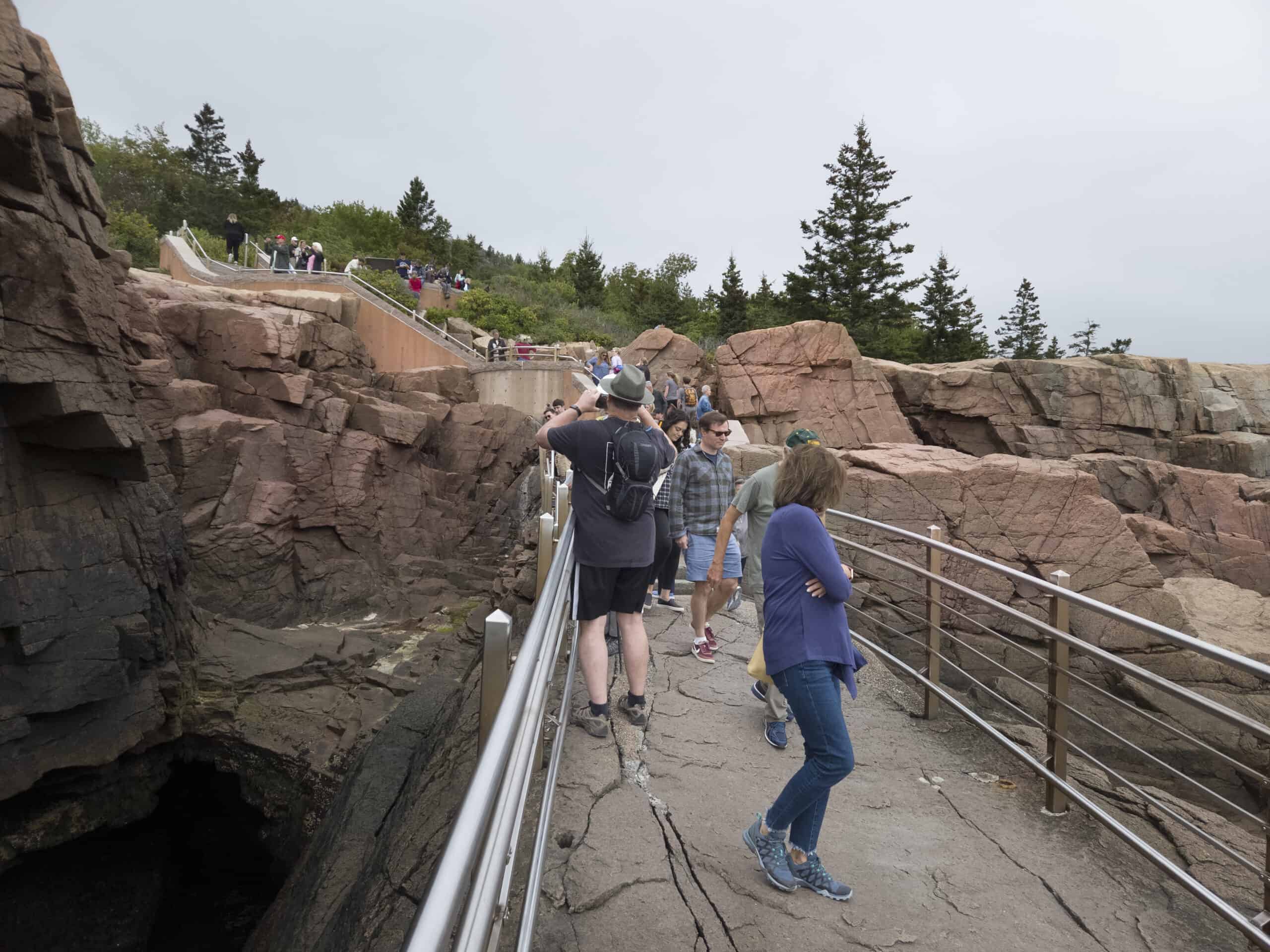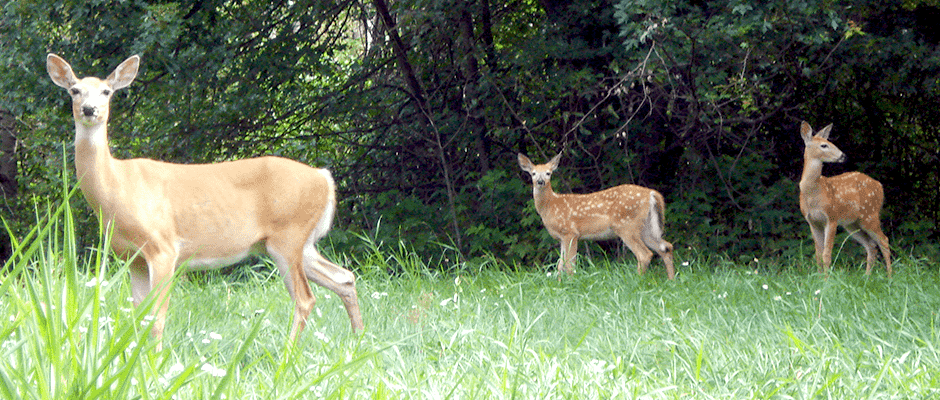
Student poster project: Landscape factors influence CWD transmission
Understanding gene flow among white-tailed deer might help state agencies manage chronic wasting disease (CWD), a lethal neurological disease affecting deer, according to a study presented at The Wildlife Society’s...

Changing fur color determines fate of snowshoe hares
A white ball of fur is easy to spot against a stark brown backdrop. That’s what makes it so easy for predators to spot snowshoe hares (Lepus americanus) when snow...
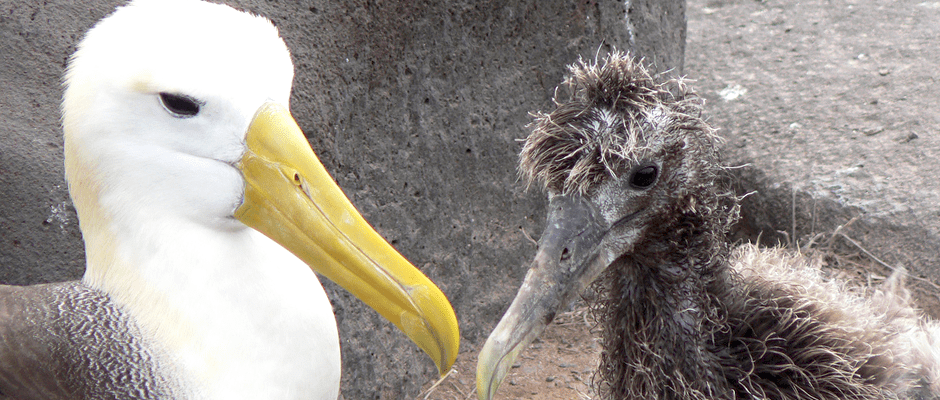
Albatross and petrel bill introduced in the Senate
A bill introduced in Congress last week would heighten U.S. involvement in the protection of migratory seabird populations placed at risk by some international fishing operations. The Albatross and Petrel...

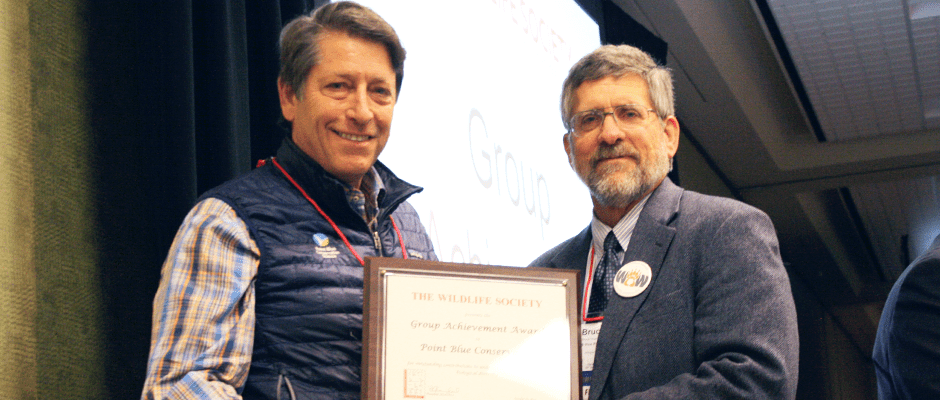
Point Blue Conservation Science wins TWS Group Achievement Award
The TWS Group Achievement Award recognizes up to one private or governmental organization each year for outstanding wildlife achievement that is consistent with and/or assists in advancing the objectives of...

Humboldt’s Student Chapter celebrates 70 years
Conservation Unlimited, a Student Chapter of The Wildlife Society, is celebrating their 70th year as a club at Humboldt State University. The student organization originally started out as “The Wildlife...
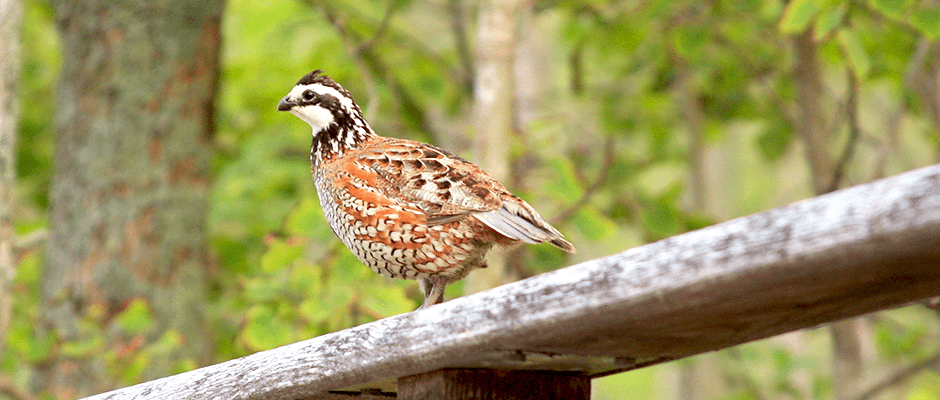
Invasive bermudagrass reduces habitat quality for bobwhites
Anecdotal evidence of invasive bermudagrass (Cynodon dactylon) being associated with declining populations of northern bobwhites (Colinus virginianus) has been widely circulated. But researchers at the University of Georgia wanted to...

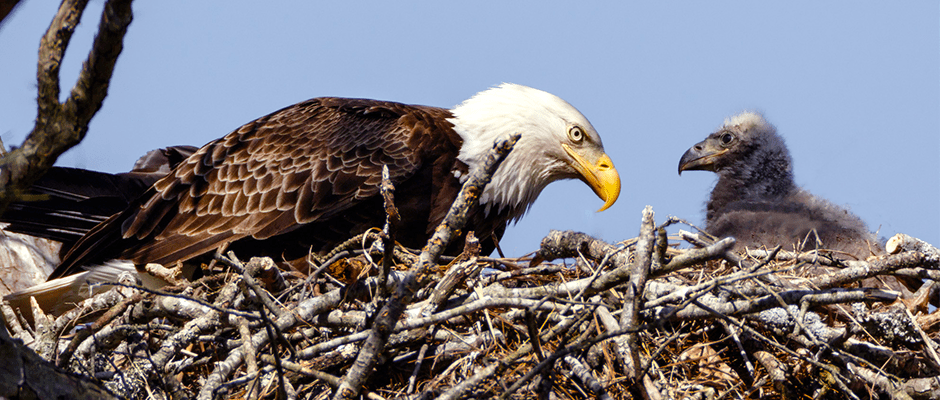
Opportunity to support wildlife conservation funding
As an active member of the Teaming With Wildlife Coalition steering committee, The Wildlife Society encourages TWS members to attend the Teaming With Wildlife Fly-In on March 1-2, 2016, in...
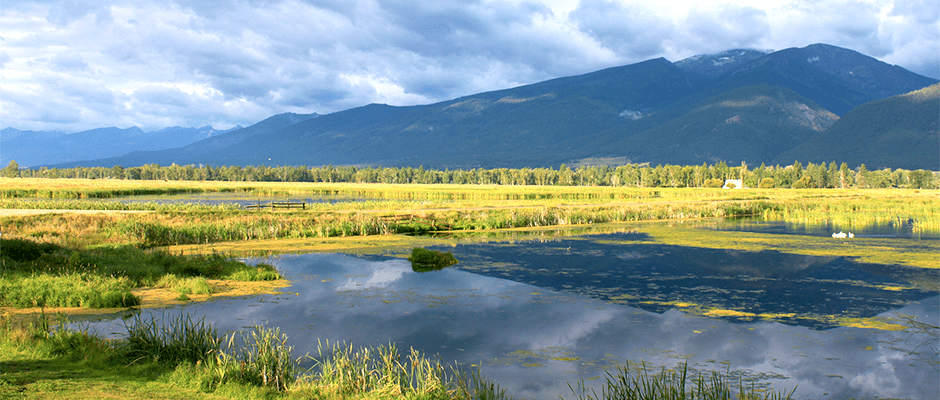
President Obama to propose full funding for LWCF
The Obama Administration offered a glimpse of their Fiscal Year 2017 budget request with an announcement that outlines plans for full funding of the Land Water Conservation Fund (LWCF). LWCF,...
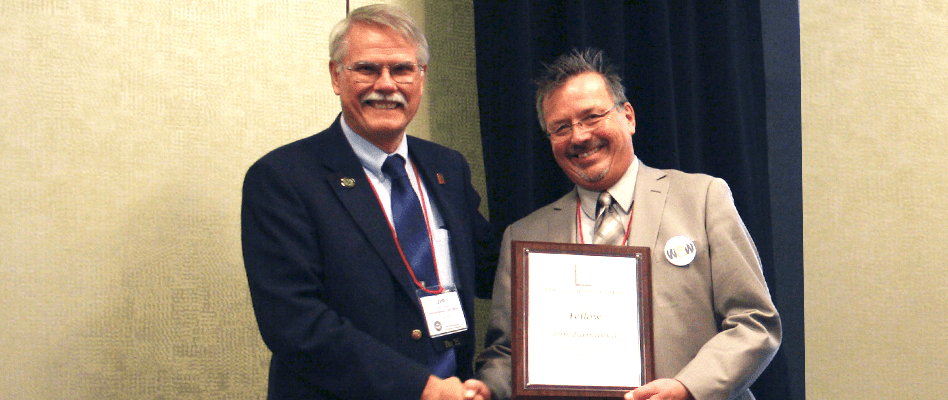
Meet the 2015 TWS Fellows
Twelve longtime members were recognized for their contributions to TWS and the wildlife profession at the Society’s 22nd Annual Conference in Winnipeg last October. The TWS Fellows Award is given...

